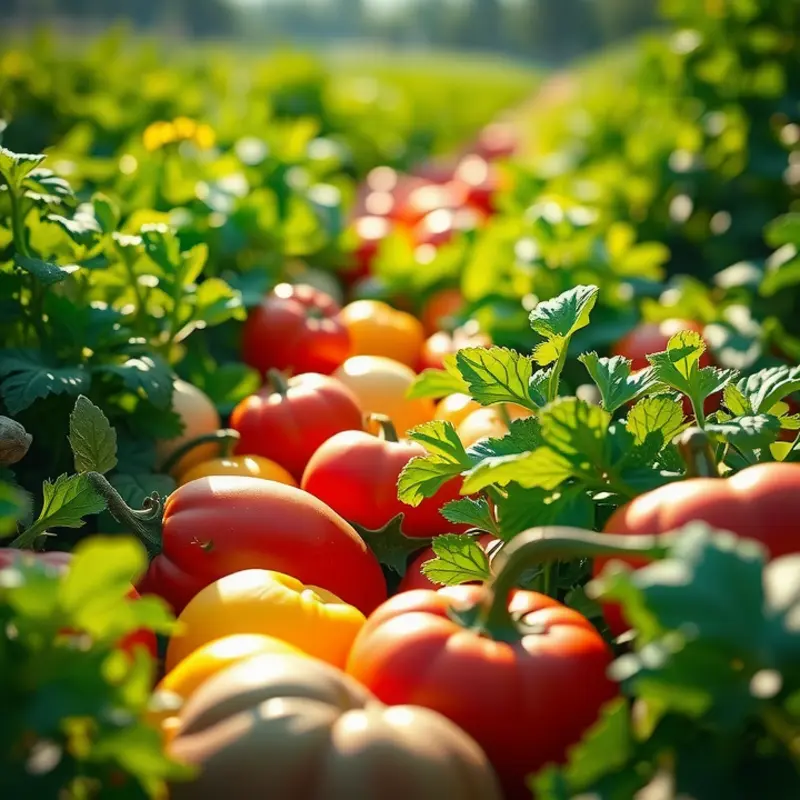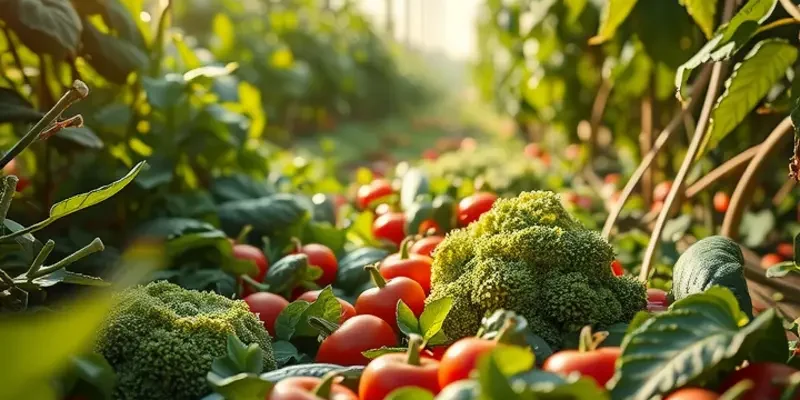The growing concern over overfishing and oceanic pollution calls for a shift in how we view seafood. By opting for ethical seafood alternatives, environmentally-conscious individuals can successfully contribute to the preservation of marine ecosystems while enjoying delicious and nutritious meals. This article presents practical insights into how sustainable options can enhance both our diets and the health of our oceans.
Understanding Sustainable Seafood Choices

Selecting sustainable seafood is a pivotal step towards maintaining the health of our oceans. The central criterion for sustainable seafood revolves around its impact on marine ecosystems. This includes considering factors such as the method of harvest, the impact on the surrounding environment, and the overall population health of the targeted species.
Wild-caught fish can be sustainable if harvested responsibly. Fisheries follow guidelines ensuring methods minimize bycatch and do not harm the environment. Checking for certifications, such as those from reputable marine conservation organizations, can guide consumers towards more sustainable choices. These certifications indicate stocks are not overfished and that the ecosystem is not negatively impacted.
Equally important is the choice of farmed fish. Sustainable aquaculture aims to reduce reliance on wild fish stocks and to manage environmental impacts. When farmed properly, fish like tilapia and catfish can provide a more environmentally friendly option compared to their wild counterparts. Look for farmed fish that are certified by reputable organizations ensuring they are raised in environments that minimize pollution, habitat damage, and the use of chemicals or antibiotics.
Moreover, avoiding overfished species and supporting fisheries practicing eco-friendly and ethical catching methods helps maintain marine biodiversity. Species substitution, where consumers opt for less endangered fish that have similar culinary properties, is a practical approach. This shifts demand away from at-risk stocks, allowing populations to recover.
Beyond conventional seafood, plant-based seafood substitutes are gaining traction. These alternatives often use ingredients like seaweed, legumes, and other plant proteins to mimic the flavor and texture of traditional seafood products. Opting for these alternatives can reduce pressure on marine resources and contribute positively towards ocean conservation efforts. Expanding on the basic principles of plant-based eating can help integrate these options into daily diets without sacrificing nutritional variety or taste.
Sustainably sourced mollusks, such as oysters and mussels, are another eco-conscious choice. They require minimal inputs and actually improve water quality by filtering it as they feed. Supporting mollusk aquaculture can enhance marine habitats and reduce human impact on the environment.
Overall, making informed seafood choices contributes significantly to protecting our oceans. By prioritizing sustainably harvested fish, embracing aquaculture improvements, and exploring plant-based substitutes, consumers can support both marine ecosystems and their own dietary preferences. These decisions not only sustain marine biodiversity but also promote the broader ecological balance necessary for a healthier planet.
Delicious Plant-Based Seafood Alternatives

As our understanding of sustainable eating grows, plant-based seafood alternatives have emerged as a popular choice for those looking to reduce environmental impact without sacrificing flavor. These innovative creations manage to capture the taste and texture of traditional seafood while providing numerous benefits.
Plant-based seafood items are crafted using various ingredients such as legumes, seaweed, and plant-based oils. These components contribute to their authentic seafood flavor and are often enriched with natural flavor boosters, avoiding excessive salt use. For those keen to explore enhancements that don’t hinge on sodium, check out these flavor boosters without salt.
The diverse options on offer range from plant-based fish fillets and crab cakes to prawn alternatives and sushi. The textures are crafted using novel culinary techniques like extrusion and molecular gastronomy, which carefully mimic the mouthfeel of their traditional counterparts. This makes incorporating them into familiar dishes effortless and satisfying.
For a quick and easy meal, consider including a plant-based fish fillet in your favorite fish taco recipe. Pair it with fresh vegetables and a zesty sauce for a delightful, sustainable twist. Or, try a plant-based tuna alternative for a refreshing salad or sandwich filling. These products’ versatility allows them to seamlessly fit into various global cuisines, providing ample opportunity for culinary creativity.
Incorporating plant-based seafood into your eating habits can be a rewarding shift. It supports ocean conservation efforts by reducing demand on overfished species. Additionally, they’re often lower in saturated fats and free from cholesterol, offering health benefits while still delivering on taste.
Transitioning to these alternatives can be made even more convenient with efficient meal planning. Batch-preparing ingredients can save time and reduce food waste. For practical tips, explore ingredient batching to streamline your cooking process.
Moreover, plant-based seafood items often come with transparent ingredient sourcing, emphasizing sustainable and eco-friendly practices. This focus on environmental responsibility aligns with efforts to lead a greener lifestyle, reducing the carbon footprint of our dietary choices.
As more people embrace these plant-based options, the market continues to grow and innovate, offering even more delicious and varied selections. By choosing these alternatives, we not only contribute to healthier oceans but also enrich our diets with diverse and exciting flavors, further promoting a sustainable way of life.
Final words
Making the transition to ethical seafood alternatives is not only a choice for individual health but also for the well-being of our oceans. By consciously selecting sustainable options and integrating plant-based seafood into our meals, we can significantly reduce our environmental impact and protect aquatic ecosystems. Together, we can foster a future where seafood is abundant, responsibly sourced, and enjoyed by generations to come. Every small change contributes to a larger movement towards sustainability.








